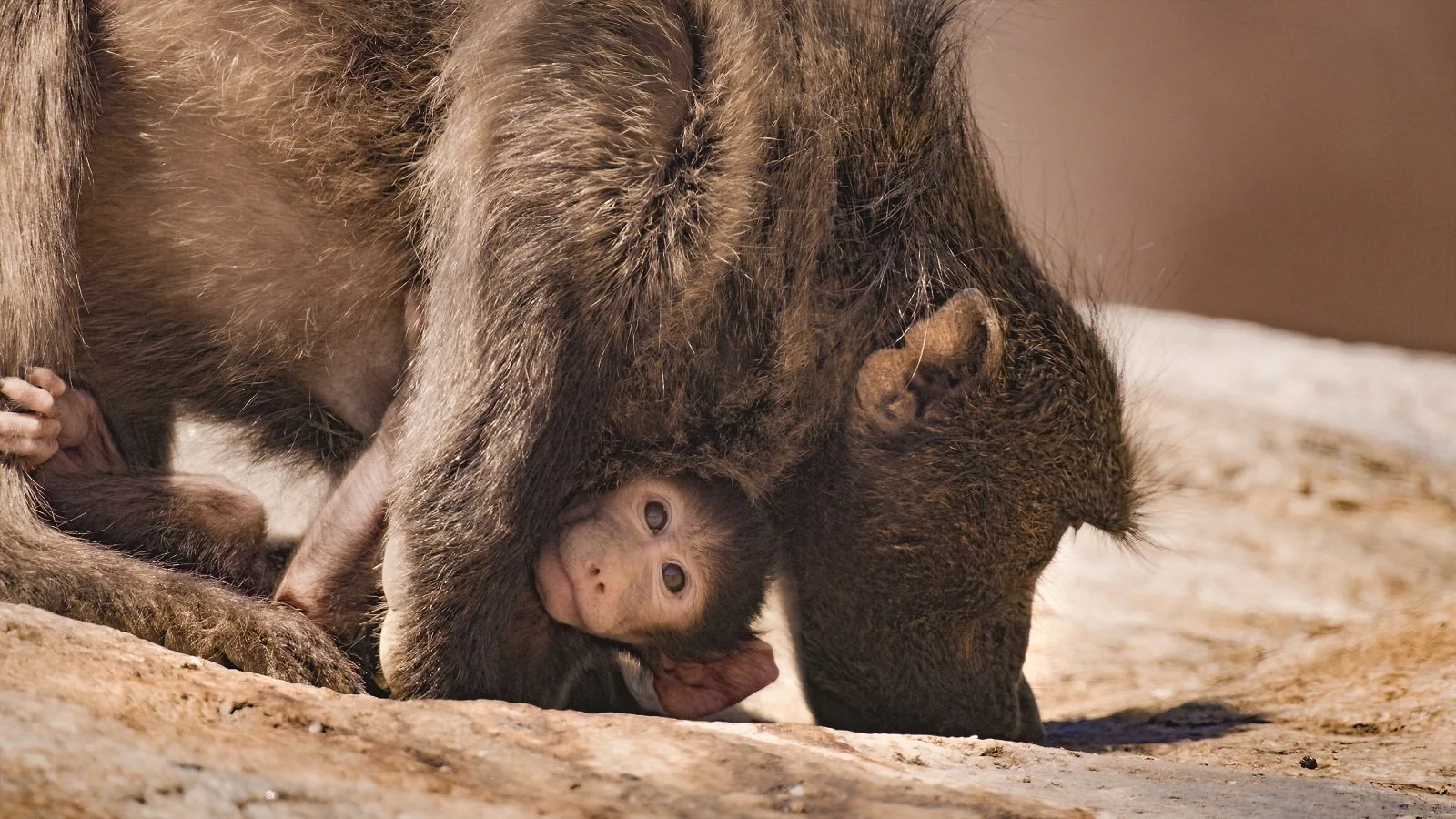IR TV Review: PLANET EARTH III - EPISODE 3 (“Deserts And Grasslands”) [BBC America]
With "Planet Earth", it is about finding contradictions in the land and its animals, the resolution to overcome them and the small stories that filter through with very large themes. This is inherently true of Episode 3 of "Planet Earth III" entitled "Deserts And Grasslands" which, like the first episode, really plays into the trials and tribulation of some of these animals. While there are more than a few examples, two very much stand out. The first is a male ostrich in a barren wasteland watching over eggs while the female goes out and prusumably hunts. Because of the heat, some of the eggs don't come to hatch as quickly as they should. One actually needs to be left behind. Before that, in one shot, the camera captures the sense of fatigue of the father ostrich. It gives him a human quality. The reference point when he has to leave the nest is one comes out and is left alone. This in many ways is where the Planet Earth editorial team shines is because they balance the sound design just right, whether it is enhancing or adding the chirps of need and response.
It feels organic in its take away creating an inherent drama. A similar one is a female baboon who gave birth but can't find enough moisture to sustain her milk. The look of concern and fatigue on her face, especially in close up, really gives a sense of that need. And the fact that she almost has to battle to get a sip of water from a spring being guarded by an alpha male is very primal in all senses. The fact that her child clings to her underbelly makes it even more affecting. The remainder of some of the other stories speak to the fact of human impressions and effects on the environment. One is a wolf in Brazil that is more a vegetarian. Scientists were tracking two female with new pubs but farm land was encroaching on their land.
A tragedy unforseen happens and while the identity of the animals is not as specifically captured, it shows the aspect that climate and change affects everyone. Smaller stories with a leopard hunting from the trees shows an inherent thought process in the animal but also perspective on its leisure. A mating ritual of both a bird and separately a cold weather animal that dates back to the time of the mammoth with a rather large nose again shows the climate impact but also the resilience of certain animals to either deal with the change or not. On a human scale, the episode also delves specifically into dust storms and more intimately the relationship between some people and elephants in the Congo. It shows that there is empathy in the animal kingdom though humans seem to overlook it at times. A-
By Tim Wassberg



